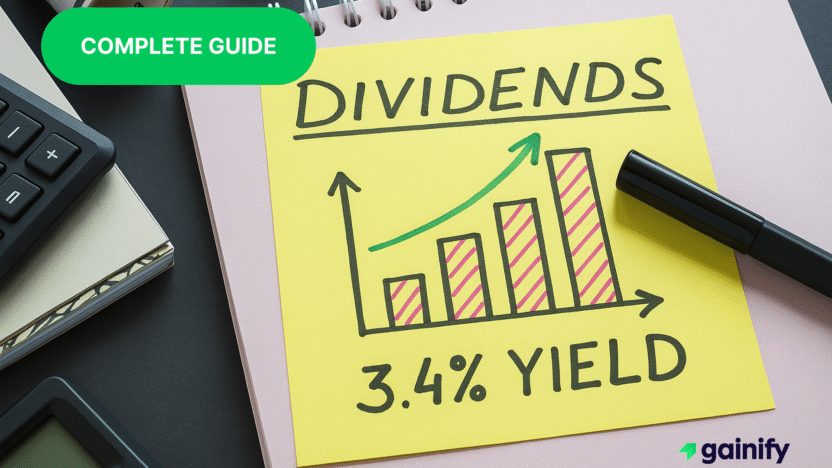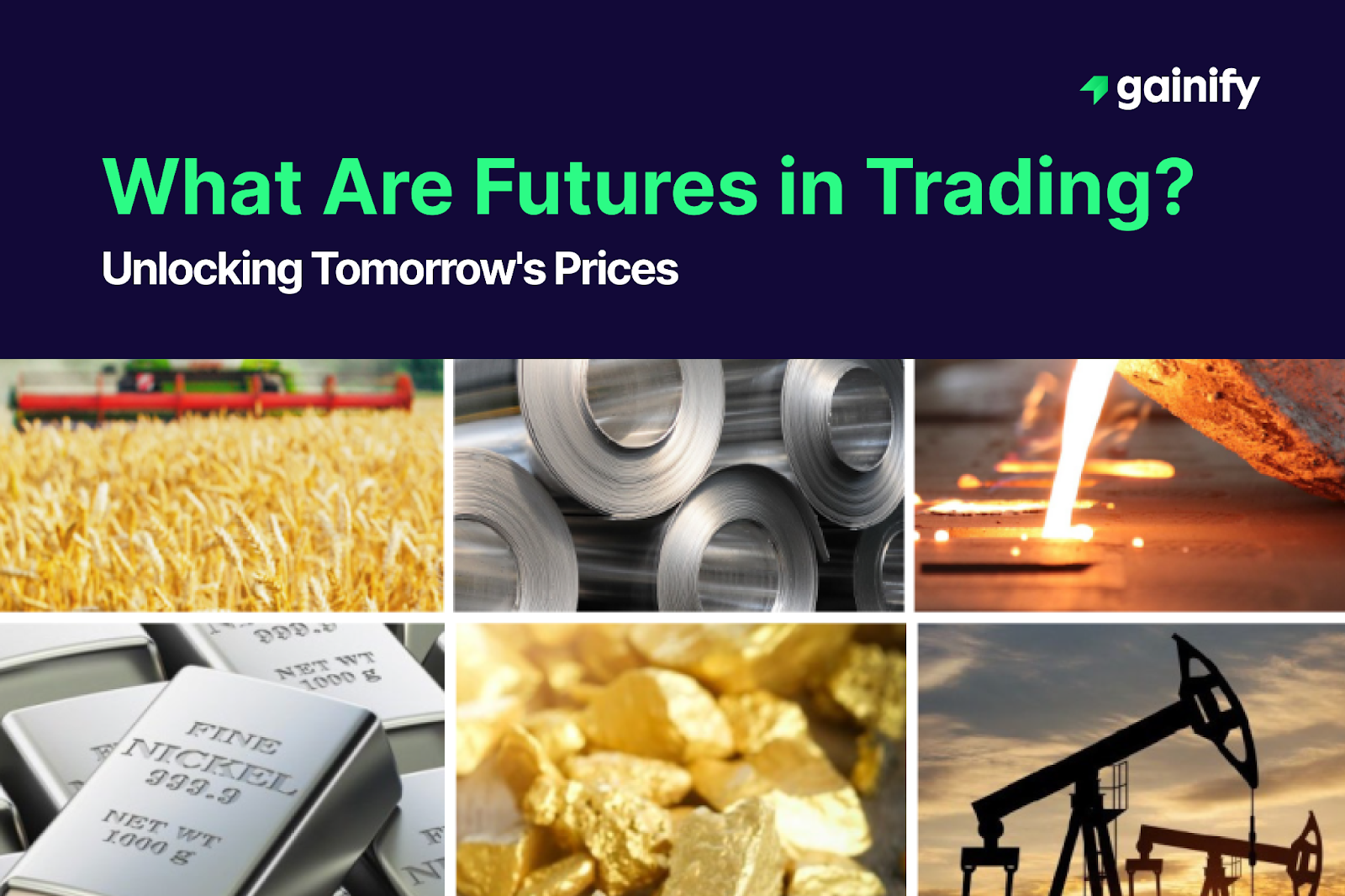Dividend investing has fascinated investors for generations. At first glance, the idea seems almost too good to be true: simply by owning a company’s stock, you receive a portion of its profits in the form of cash payments. These dividend payments arrive whether or not you buy or sell your shares, offering a sense of reliability in a market that is often unpredictable.
For retirees, dividends can provide a steady flow of income that helps cover day-to-day expenses without the need to sell investments during market downturns. For younger investors, reinvested dividends can act as fuel for compounding wealth, creating a snowball effect that accelerates portfolio growth over decades. And for income-oriented investors at any stage of life, dividends serve as a tangible connection between corporate profitability and personal wealth creation.
But the real question is: is dividend investing worth it in today’s market environment? The answer depends on more than headline yields. It requires an understanding of what dividend investing is, how dividends actually work, what makes them sustainable, and how they fit within an investor’s broader financial goals.
This article takes a comprehensive look at dividend investing. We’ll explore the mechanics of dividends, the appeal for different investor types, the risks involved, and the financial metrics that help separate high-quality dividend payers from potential traps. By the end, you will have the framework to evaluate whether dividend investing is worth incorporating into your long-term investment strategy.
What Dividend Investing Really Is
Dividend investing is the practice of buying and holding shares in companies that make regular dividend payments. A dividend is a portion of a company’s earnings returned to shareholders, usually in cash but occasionally in the form of additional shares. These payments are often made quarterly, though some firms pay annually, semi-annually, or even monthly.
Types of Dividends
- Regular dividends: Cash payments funded from ongoing profits.
- Stock dividends: Distributions in additional shares instead of cash.
- Special dividends: One-time payouts, often tied to unusually strong earnings, asset sales, or excess cash reserves.
Dividend Timeline
To understand dividend investing, it helps to know the basic dates that govern when you must own shares to qualify for payments:
- Record Date: The date on which a company reviews its shareholder list to determine who qualifies for the upcoming dividend.
- Ex-Dividend Date: Typically one business day before the record date. If you purchase shares on or after this date, you will not receive the next dividend.
- Payable Date: The date on which dividends are actually distributed to shareholders.
Dividend investing, therefore, is more than just collecting periodic payments. It is a commitment to companies that prioritize distributing a portion of their profits back to owners, balancing shareholder rewards with reinvestment for growth.
Why Investors Care About Dividends
- Predictable Income
Dividends provide income without the need to sell shares. This is particularly valuable for retirees or others who rely on investment income to fund living expenses. Unlike capital gains, which require you to time sales, dividend payments arrive on a set schedule, offering stability.
- The Power of Reinvestment
Perhaps the most compelling reason to embrace dividend investing is the impact of reinvestment. Using a Dividend Reinvestment Plan (DRIP), investors automatically use dividends to purchase additional shares. Those shares then generate their own dividends, creating a compounding effect. Over decades, this cycle dramatically increases wealth.
Studies of the S&P 500 show that reinvested dividends have historically accounted for over one-third of total long-term returns. In other words, much of the wealth generated by the stock market has come not from price appreciation alone but from dividends being reinvested.
- Stability in Volatile Markets
Dividend-paying companies tend to be more mature and financially stable. They often have established cash flows, strong competitive positions, and more conservative balance sheets. During market drawdowns, these characteristics can help cushion portfolios. While stock prices may still fluctuate, the underlying dividend flow offers reassurance to investors that the business remains profitable.
- Management Discipline
By committing to paying dividends, management teams implicitly commit to maintaining strong cash flow and careful capital allocation. A steady dividend program discourages reckless expansion or over-leveraging, since cash must always be available to cover distributions. This aligns management behavior with shareholder interests.
- Total Return Perspective
Modern dividend investing is not just about yield. Companies often combine dividends with share repurchases, giving investors two channels of capital return. Dividends provide reliability, while buybacks offer flexibility. Together, they can form a powerful total return engine.
How to Assess Dividend Sustainability
A high yield can look attractive at first glance, but not all dividends are sustainable. To avoid dividend traps, investors must assess a company’s ability to continue and ideally grow its payouts.
Key Metrics to Monitor
- Dividend Payout Ratio: The percentage of earnings paid out as dividends. Ratios above 80% can be risky, as they leave little room for reinvestment or downturns. Lower ratios suggest more flexibility.
- Dividend Coverage Ratio: Compares a company’s earnings or free cash flow to its dividend obligations. A coverage ratio above 2 is typically seen as strong.
- Balance Sheet Strength: Metrics such as Debt-to-Equity Ratio, Net Debt-to-EBITDA, and the current ratio help determine whether dividends are supported by profits or masked by leverage.
- Dividend Growth Rate: A track record of consistent dividend increases signals both management confidence and financial resilience. It also helps protect investors against inflation.
- Capital Expenditures and Growth: Strong dividend payers must balance shareholder distributions with funding organic growth, acquisitions, and innovation.
- Management Philosophy: A company’s capital allocation culture is as important as financial metrics. Firms with a history of prioritizing dividends are more reliable than those with inconsistent policies.
By combining these metrics, investors can separate stable dividend payers from companies at risk of unsustainable payouts.
The Risks in Dividend Investing
Dividend investing, while appealing, comes with its own set of risks.
- Dividend Traps
High yields can be misleading. A stock yielding 8% may not be a bargain but rather a sign of distress, as yields rise when stock prices fall. Without careful analysis, investors can mistake a collapsing business for a great opportunity.
- Dividend Cuts and Suspensions
Dividends are never guaranteed. During recessions or industry downturns, companies may suspend or reduce dividends to preserve cash. This results not only in lost income but often in sharp share price declines.
- Sector Concentration
Dividend payers are heavily represented in certain industries such as utilities, telecom, and financials. Portfolios built exclusively around dividends may become underexposed to high-growth sectors like technology or healthcare innovation.
- Tax Treatment
Dividends are taxable in most jurisdictions. Qualified dividends are taxed at long-term capital gains rates (0%, 15%, or 20% in the U.S., depending on income). Non-qualified dividends, such as those from REITs or master limited partnerships (MLPs), are taxed at ordinary income rates, which can be significantly higher. The difference in tax treatment can materially affect net returns.
- Opportunity Cost
By focusing exclusively on dividends, investors may overlook companies reinvesting heavily in growth. A growth-oriented investor might prefer businesses prioritizing expansion, innovation, and new markets rather than distributing cash.
Different Dividend Strategies
Dividend investors approach the market in different ways depending on their goals.
✅ Dividend Growth Investing
Focuses on companies with a consistent history of raising dividends. The rising Dividend Growth Rate ensures that income keeps pace with inflation and reflects management’s confidence in long-term earnings power. Many investors rely on the Dividend Aristocrats (S&P 500 companies with at least 25 consecutive years of dividend increases) as a core list of candidates.
✅ High-Yield Strategy
Targets companies offering above-average yields, often found in sectors like real estate, telecom, and energy. While the income can be attractive, these stocks carry a higher risk of dividend cuts.
✅ Balanced Dividend + Growth
Combines steady dividend payers with companies that reinvest earnings for organic growth. This hybrid approach provides both stability and upside potential.
✅ Dividend ETFs and Index Funds
For diversification, dividend-focused ETFs such as Vanguard High Dividend Yield ETF (VYM), Schwab U.S. Dividend Equity ETF (SCHD), or the SPDR S&P Dividend ETF (SDY) provide exposure to a broad basket of payers. These funds reduce the risk tied to any single company while still delivering steady dividend flow.
✅ Event-Driven and Special Dividend Strategies
Some investors focus on companies that occasionally issue special dividends, taking advantage of one-off windfalls. While opportunistic, these strategies require careful monitoring and should not replace a core dividend approach.
A Practical Example of Dividend Compounding
To illustrate the long-term impact of dividends, consider two investors each placing $10,000 in a stock yielding 3%, with a Dividend Growth Rate of 6% annually.
- Investor A reinvests all dividends through a DRIP.
- Investor B collects dividends as cash.
After 30 years, Investor A ends up with over $76,000, while Investor B has about $31,000. The dramatic difference is explained entirely by reinvestment — dividends generating more dividends, year after year.
This example underscores why dividend investing is not just about income today but about building wealth over decades.
When Dividend Investing Makes Sense
Dividend investing is not universally optimal, but it can be highly effective when aligned with investor needs:
- Retirees: Dividends provide predictable income without selling shares, helping fund living expenses.
- Conservative Investors: Dividends offer stability during volatile markets and can anchor portfolios with reliable cash flow.
- Diversification Seekers: Adding dividend payers can balance portfolios heavily weighted toward growth stocks.
Conclusion: Is Dividend Investing Worth It?
Dividend investing remains one of the most enduring and effective long-term investment strategies. It appeals to those seeking income, compounding, and stability, but it requires careful execution.
The key is not to chase the highest yield but to focus on dividend sustainability. Investors should evaluate payout ratios, dividend coverage, balance sheet health, and management philosophy before committing. They should also consider tax treatment, sector exposure, and opportunity cost when building portfolios.
For many investors, dividend investing is worth it — not as a shortcut to riches, but as a disciplined, time-tested way to generate wealth. When paired with reinvestment, diversification, and patience, dividends can transform modest investments into significant long-term outcomes.
⚠️ Disclaimer: This article is for informational and educational purposes only. It does not constitute tax, legal, or financial advice. Always consult with a licensed financial advisor before making investment decisions.



